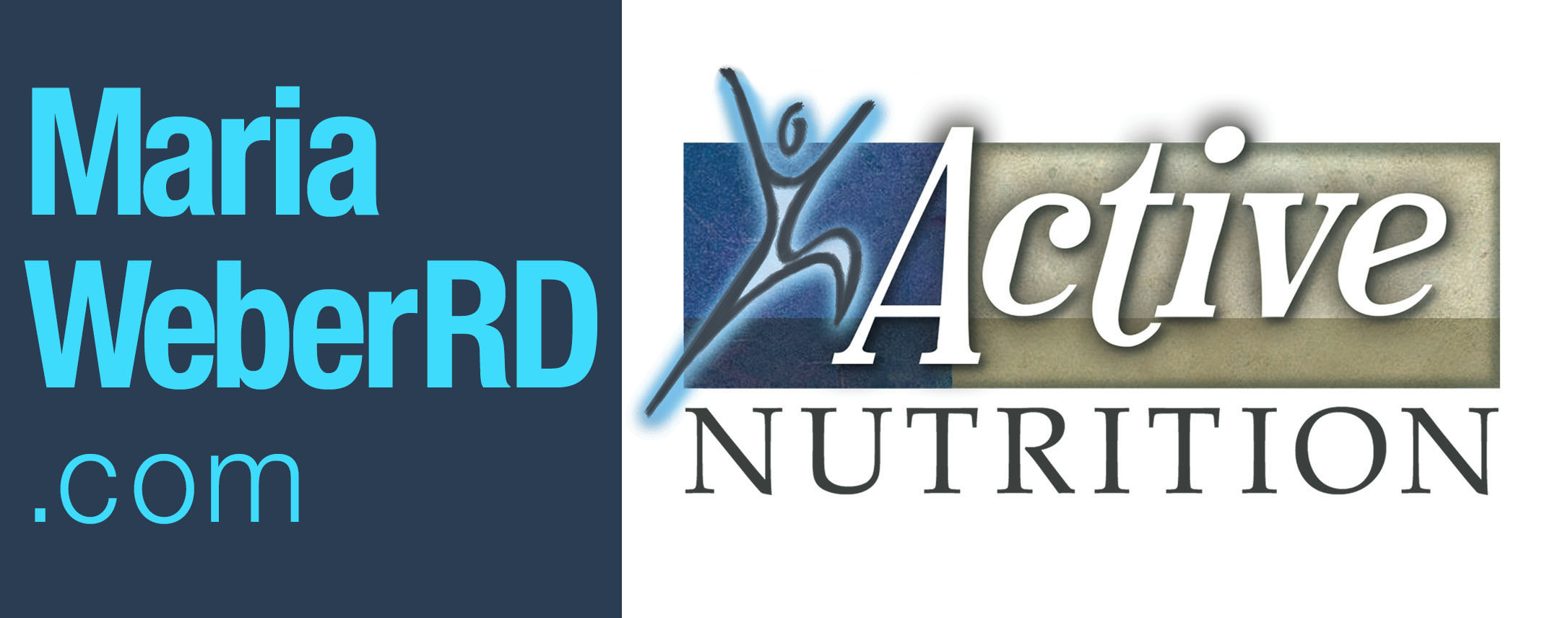Lectins 101
In some camps, Lectins are seen as the enemy. The theory is that they trigger inflammation and intestinal permeability, contributing to chronic disease.
Since the book "The Plant Paradox" by Dr. Steven Gundry, many questions have been raised over lectins and whether or not foods containing lectins should be excluded from a healthy eating plan. As with most foods that gain the nutritional spotlight, the answer is not always cut and dry. Not sure what lectins are? Read this article written by Deanna Minich, PhD
One of the best explanations of what they are, what's the controversy, and best methods to prepare and eat these foods to get the most benefit and nutrition, especially for those who may be sensitive.
Lectins have become a buzzword in nutrition circles over the past few years. In some camps, lectins are seen as the enemy. The theory is that they trigger inflammation and intestinal permeability, contributing to chronic disease.
Those who follow this doctrine avoid legumes and grains, two categories of foods with high levels of lectins. However, it’s worthwhile to consider that many traditional cultures consumed diets based on grains and legumes yet did not suffer from the chronic conditions in the numbers we see today. So, are lectins really as bad as their tainted reputation makes them out to be? Let’s look at what the literature has to say.
What Are Lectins?
Lectins are a category of proteins that reversibly bind to carbohydrates. These properties lead to their involvement in many activities, such as cell recognition, inflammation, host defense, cell development, and tumor metastasis. Although lectins are often discussed in conversations about the potential health benefits or problems of grains and legumes, you can actually find lectins in a number of species, including humans, animals, plants, and microorganisms.
Plant lectins are commonly found in fruits, vegetables, nuts, and as I mentioned, grains and legumes. In plants, lectins often act as part of the defense system. Certain lectins are known to be toxic to animals and humans, such as ricin (a lectin toxin from castor beans used as a poison), and hemagglutinin in red kidney beans.
What Makes Lectins Problematic?
Many in the nutrition and wellness field have placed lectins into a category known as “anti-nutrients.” As the name suggests, this description means they actively take away from health and nutrition. There are a few reasons why lectins make the list:
– Inflammation
– Intestinal permeability
– Increased risk of food allergy and intolerance
Additionally, plant lectins have been found to be more resistant to heat than animal proteins.
Are Lectins Really Inflammatory?
There have been some studies demonstrating that lectins trigger inflammation, which give rise to the theories discussed above. For example, one mouse and cell study found plant lectins produced inflammation by activating the NLRP3 inflammasome in both mouse models and human cells. Studies on wheat germ agglutinin, the lectin found in wheat, point to the potential to cause inflammation through binding to the gut lining, inducing an inflammatory response, and possibly cause intestinal permeability.
However, many of these studies do not create a real-world scenario. These studies tend to do one or more of the following:
– Involve animals
– Employ cell cultures
– Look at isolated lectins
– Use raw, non-cooked lectin-containing food
Most people do not consume raw legumes, so a study in which mice consume raw legumes does not accurately portray what happens in the real world. It is beneficial to consider this aspect when reviewing the literature yourself.
How Can You Reduce the Potential Downsides of Lectins?
Some people may complain of gastrointestinal effects of lectins, such as indigestion, bloating, and gas, although it’s difficult to know for sure if they are responding specifically to the lectins in isolation. It could also be that their gut function is impaired and they are not able to process fiber, or that they have a food intolerance. It’s difficult to say without investigating one’s health with a trained health professional to look at the underlying root cause of symptoms. But, to be proactive, the traditional ways in which people prepare these foods greatly diminish the lectin content to reduce many of the problems. The best ways to reduce the potential downsides of lectins include:
– Soaking
– Sprouting
– Heating
– Cooking
– Autoclaving (or steaming with high pressure)
In one study, the levels of PHA (phytohemagglutinin), a toxic lectin found in red kidney beans and other legumes, was completely gone in common beans that underwent soaking and cooking or autoclaving.
Are There Health Benefits to Consuming Lectin-Containing Foods?
Source:by dminich | Mar 30



